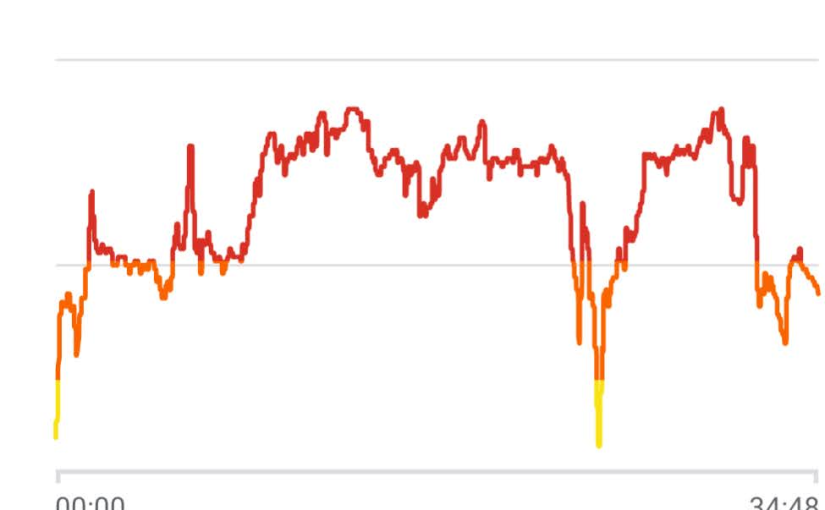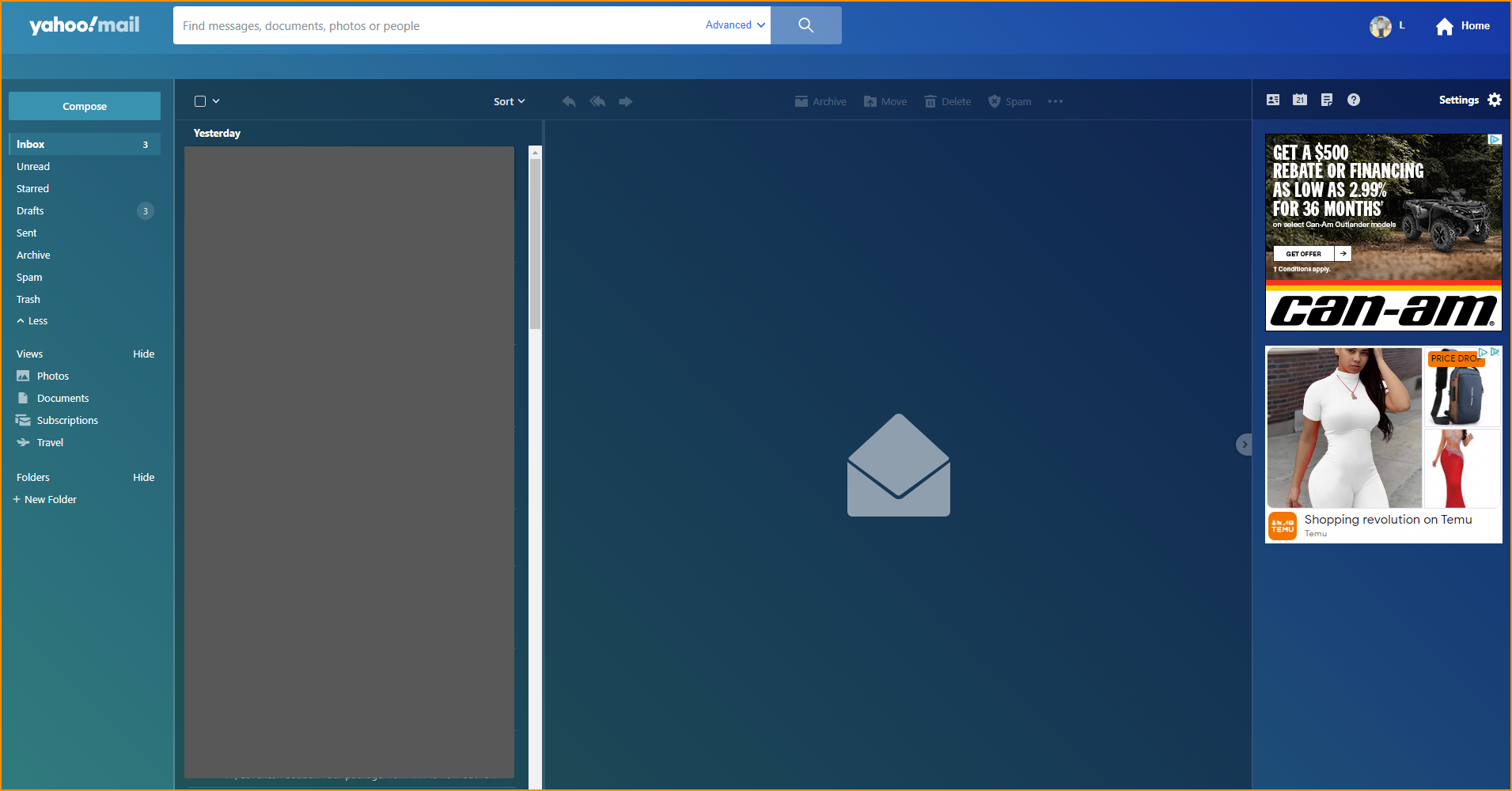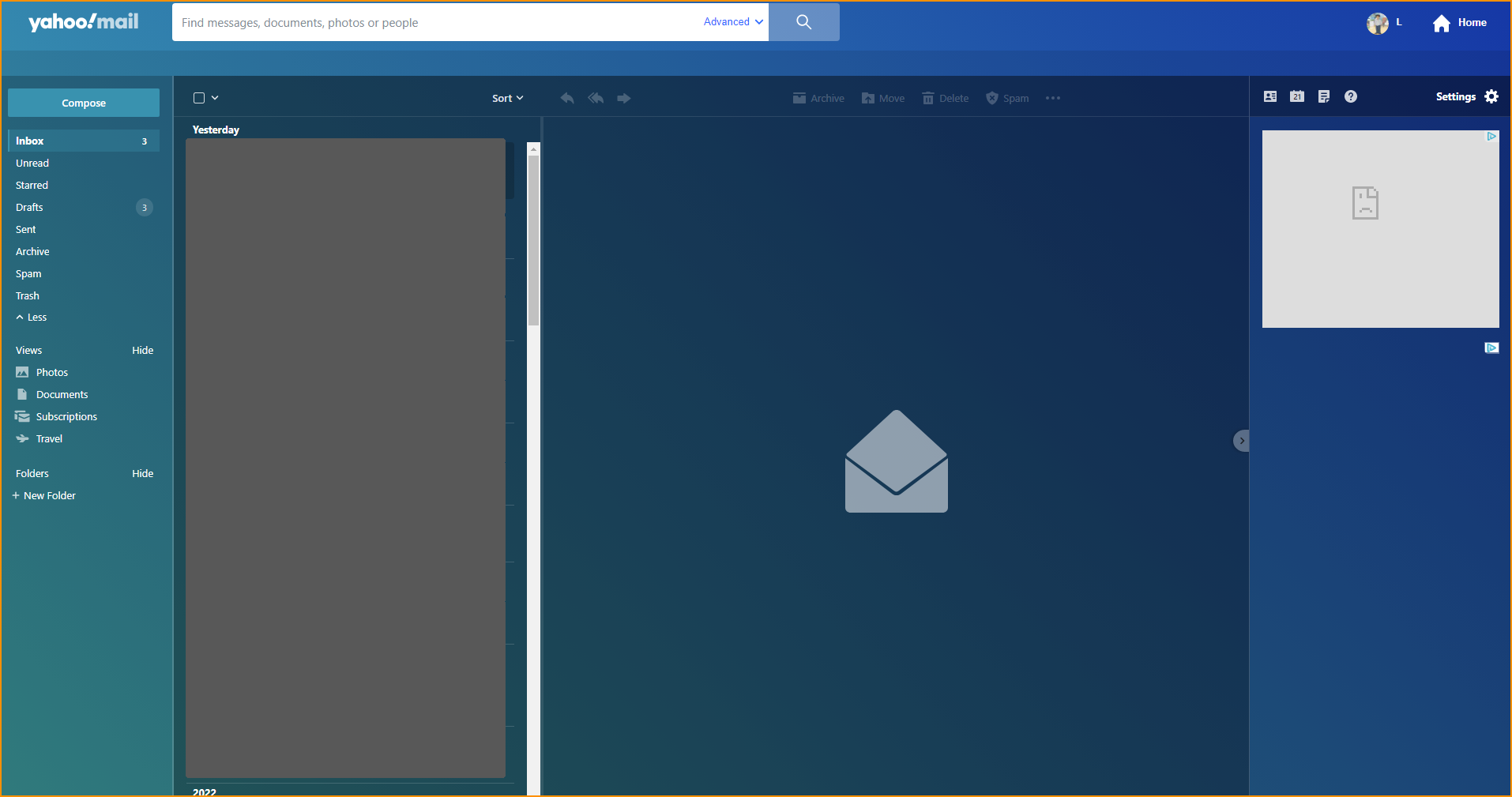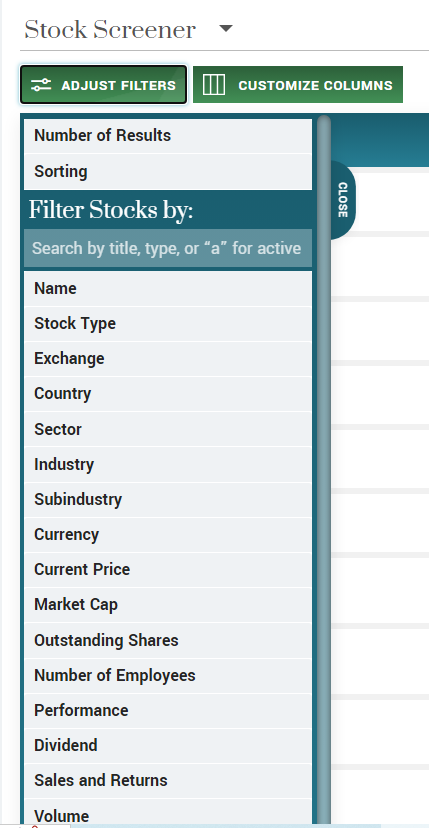Introduction:
“Unlocking the true potential of a candidate goes beyond the confines of a resume. It’s about unraveling their unique narrative, understanding the person behind the professional. In a world where hiring is not just a necessity but a symbol of growth, the way we approach interviews can make all the difference. Let’s delve into a method that transcends the conventional, fostering genuine connections in the hiring process.”
The Hiring Symphony:
If you find yourself in a situation where you are hiring, consider yourself and your team lucky. More often than not, it’s a good sign. This means that your organization is growing. Even if you aren’t growing, and you are simply hiring a backfill, believe me when I say, it’s even more important in that scenario. I have often been in situations where after some unfortunate departures, the workload was simply distributed amongst the remaining. You can imaging what led to…
Dating in the Professional Realm:
This goes without saying but I think its very important for you to do as much research about the candidate as they might have done about your or your company. I feel that often the interviewers bring about an aura of “you need us more than we need you“. If you think like that “get over yourself”. Think about this, you are about to hire someone you might work with for a very long time. You want that relationship to work out. Put your best version in front of the candidate. Get to know them by reading their LinkedIn profile, their posts, try to understand their history, their heritage. The more you research, the better off the conversation during “the interview” will go.
Setting the Stage: The Interview Ritual
Now, that we have done a fair amount of research about the candidate and we are meeting for the first time, it’s extremely important for the interviewers to set a tone to make the candidate relaxed. You do not know where they are coming from. Maybe they have been recently passed on a couple of opportunities and feeling down. Maybe, they need a paycheck right away so they can get their health insurance back. Regardless of their circumstances, please don’t think this gives you leverage over them. Be human, treat them like one and make sure they know you need them as much as they need you. So, for that, here is an approach I follow
I start with very little small talk, something as simple as how’s the weather is just fine. I then tell them that I want them to feel comfortable and not to feel that this is an interview. This is a conversation. Here’s an example.
ME: “Hey there, Rupi (candidate). Great to meet you. I hope you are doing well today. I see that you are wearing a thick jacket, I presume it’s pretty cold where you are today”.
RUPI: “Yeah, it’s snowing out there today. Looks pretty.“
ME: “Oh wow, snow does look pretty. I myself can’t handle it as I get cold even in 60 degrees. Anyhow, thanks for taking the time today to talk with us. I am looking forward to this conversation as I get to know you a bit and give you an opportunity to get to know myself and our company a bit more. I know we have 45 minutes slotted on the calendar today but for any reason, if we go over, I wanted you to know that I do NOT have a hard stop so if we go over, it’s all good.“
Laying the Groundwork: The Conversation Format:
ME: “Rupi, if it’s okay with you, let me break down how I would like for the next 45 minutes to go. There are a few specific questions that I would like to ask today. Some might be behavioral questions, some might be role play and I will be sure to point out when we might need to be role play. There are no right or wrong answers. I would like to know how you think, how do you go about a certain challenge so feel free to just think out loud. Does that work for you?”
RUPI: “Sure that works.”
The Power of One Question:
ME: “Tell me about Rupi that I don’t see in the resume”
I have never been let down by this question and the responses I get to this. People often have resumes where they list the 5 companies they worked for. And, that’s important. What’s equally important is what happened between the gap. Did they take some time to travel? Did they take some time to be with their newborn? Did they take some time off to help with an elderly parent? The stories I find them telling speaks about their character more than the lines in the resume.
Beyond Employee to Person:
As we continue down asking the list of various behavioral questions ( I know everyone has their own list somewhere), I urge you to take the opportunity to get to know Rupi the person, not Rupi the employee.
The Finale: Wrapping Up with Grace:
The other super important thing to do is to make sure that the candidate is given some time to ask you questions. I often tell them early on that I will leave about 10 minutes towards the end so they can ask me anything. This is also another way you can help feel at ease during the start.
As you say you bye, tell me that you enjoyed getting to know them and that they will hear shortly from the recruiter (who will continue to be their single point of contact). Give them your email address so if they have any questions, they should feel free to contact you.
Conclusion:
“In an era where connections matter more than ever, redefining the interview process is not just a choice; it’s a responsibility. It’s about recognizing the potential in each candidate, fostering relationships that transcend the professional, and ensuring that every interaction leaves a lasting impact. So, let’s embark on this journey of transformative hiring, one question at a time.”
Want to get your hands on a great list of questions for interviews?
Subscribe to the mailing list. I will be sending that list next week.
The content was authored by me. The main title and the paragraph titles of the post was generated by an AI.





























